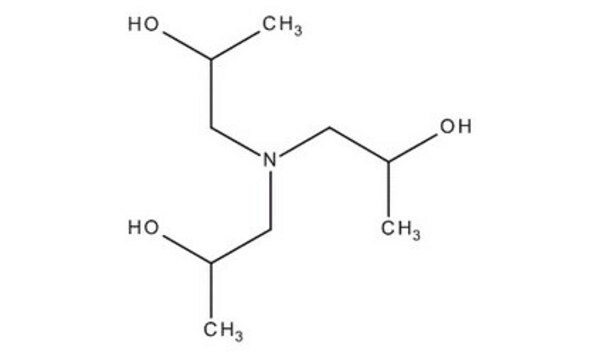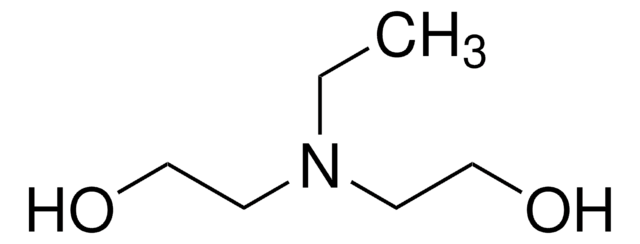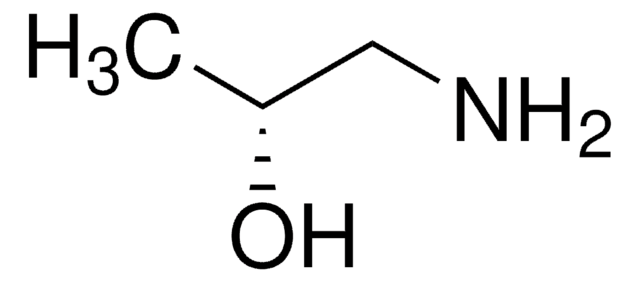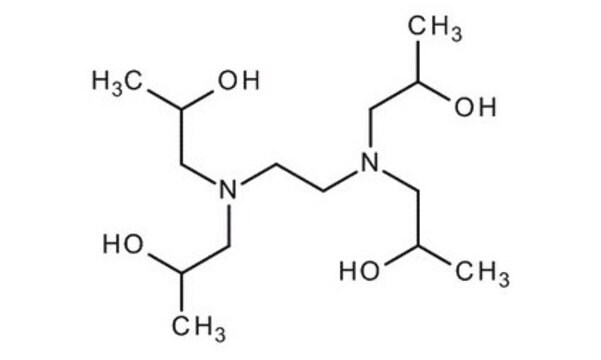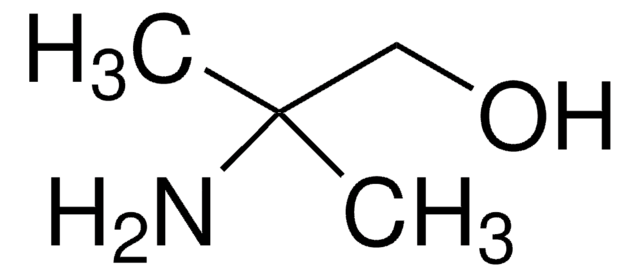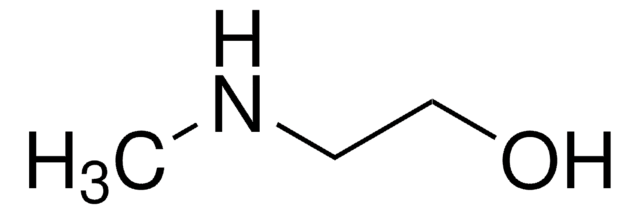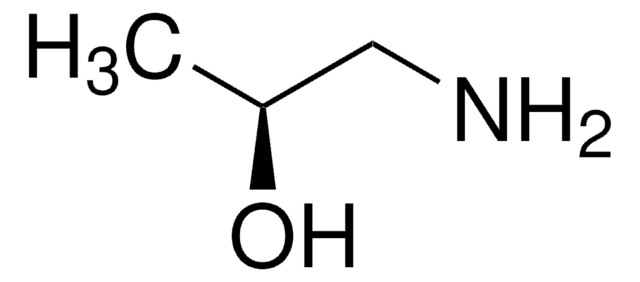14960
Bis(2-hydroxypropyl)amine
≥98.0% (T)
Sinónimos:
1,1′-Iminodi-2-propanol, Diisopropanolamine
About This Item
Productos recomendados
Quality Level
assay
≥98.0% (T)
form
solid
impurities
≤1% water
bp
249-250 °C/745 mmHg (lit.)
mp
42-45 °C (lit.)
solubility
H2O: miscible
alcohol: miscible
density
1.004 g/mL at 25 °C (lit.)
functional group
amine
hydroxyl
SMILES string
CC(O)CNCC(C)O
InChI
1S/C6H15NO2/c1-5(8)3-7-4-6(2)9/h5-9H,3-4H2,1-2H3
InChI key
LVTYICIALWPMFW-UHFFFAOYSA-N
¿Está buscando productos similares? Visita Guía de comparación de productos
Categorías relacionadas
Application
signalword
Warning
hcodes
Hazard Classifications
Eye Irrit. 2
Storage Class
11 - Combustible Solids
wgk_germany
WGK 1
flash_point_f
275.0 °F - closed cup
flash_point_c
135 °C - closed cup
ppe
dust mask type N95 (US), Eyeshields, Gloves
Elija entre una de las versiones más recientes:
¿Ya tiene este producto?
Encuentre la documentación para los productos que ha comprado recientemente en la Biblioteca de documentos.
Los clientes también vieron
Nuestro equipo de científicos tiene experiencia en todas las áreas de investigación: Ciencias de la vida, Ciencia de los materiales, Síntesis química, Cromatografía, Analítica y muchas otras.
Póngase en contacto con el Servicio técnico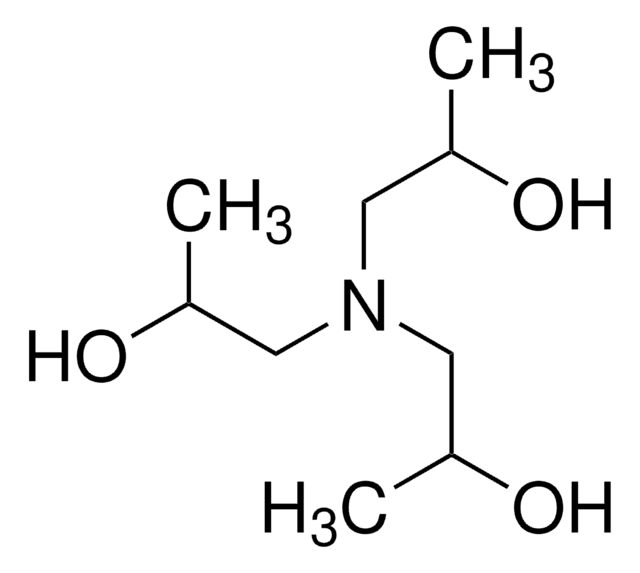
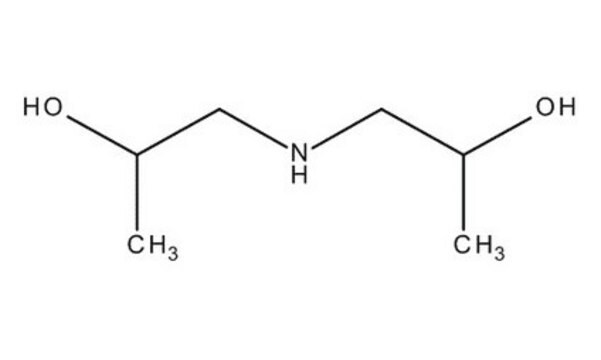

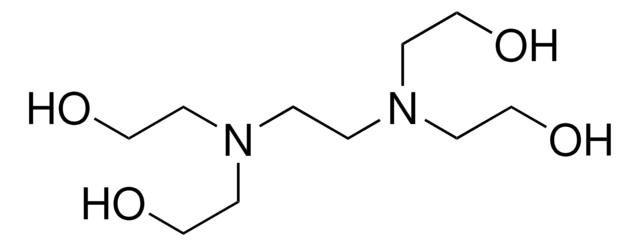

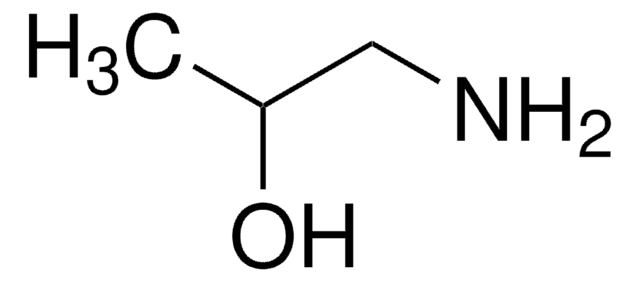
![1-[N,N-Bis(2-hydroxyethyl)amino]-2-propanol 94%](/deepweb/assets/sigmaaldrich/product/structures/219/539/52108f19-e9a0-4987-b605-9969a5cc720d/640/52108f19-e9a0-4987-b605-9969a5cc720d.png)

